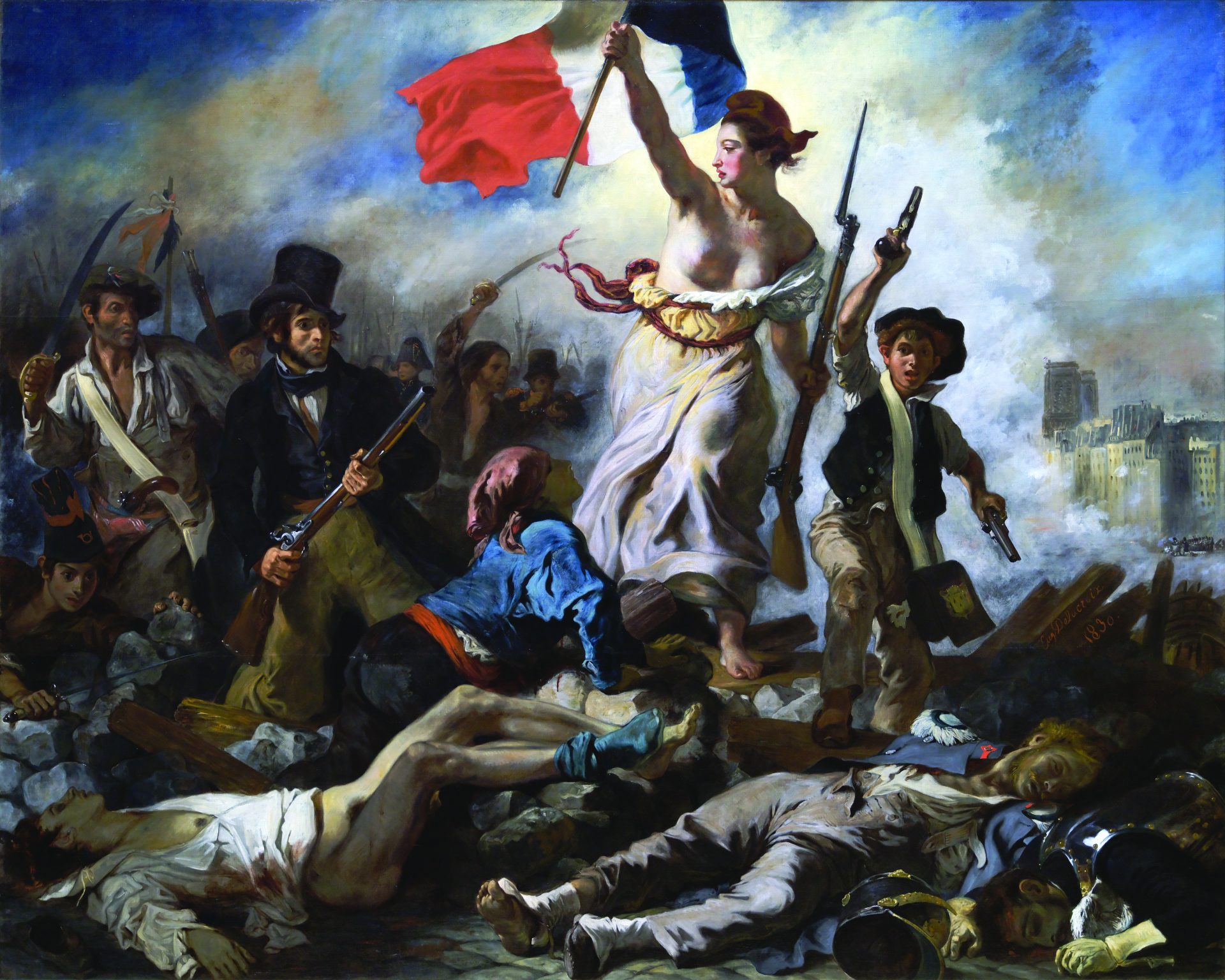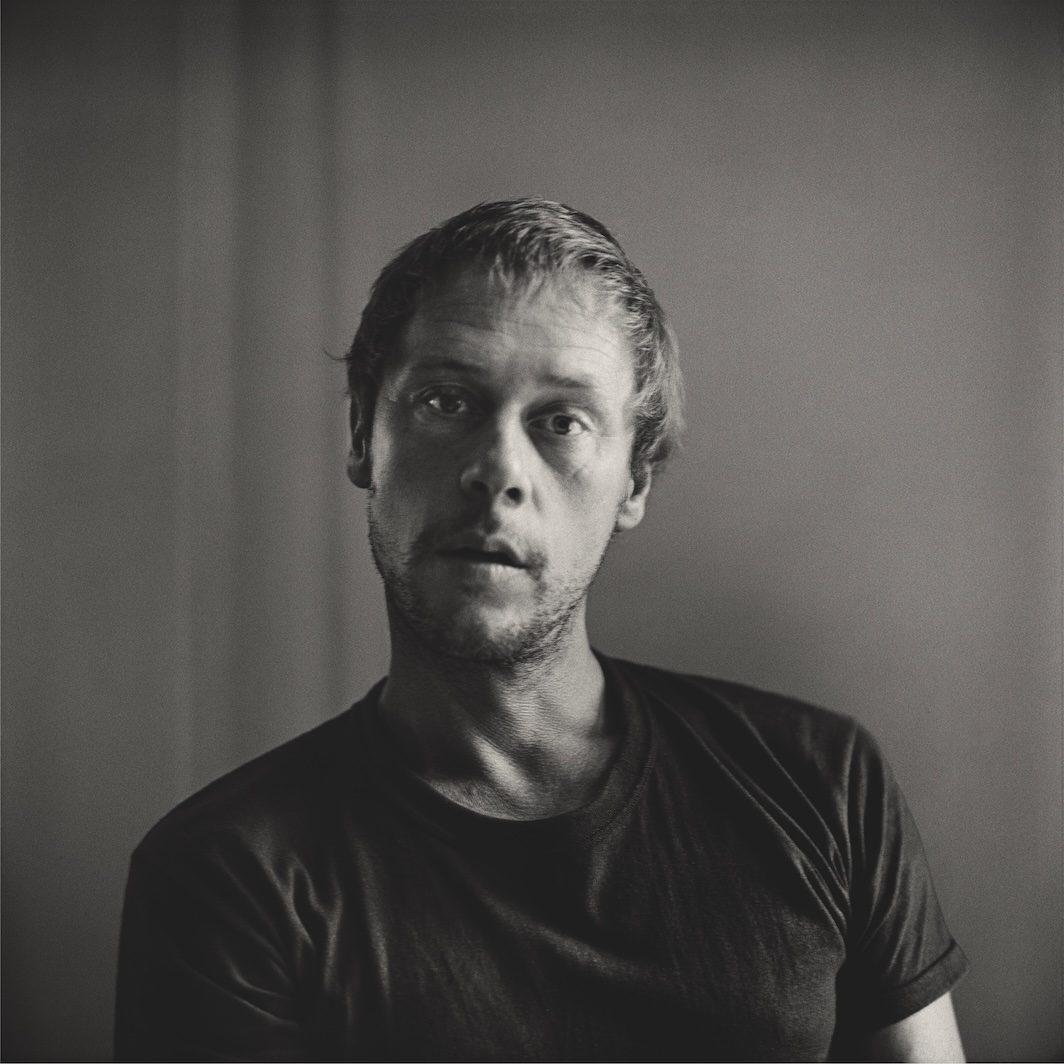
An antitechnological, antirational, and antimodern modernist, Andrei Tarkovsky was, with Bresson, Dreyer, and Brakhage, one of twentieth-century cinema’s great solitary figures. No less than they, Tarkovsky saw his art as a quasi-religious calling and, having more or less reinvented film language to suit his interests, regarded himself as essentially unique. Although he evidently considered Bresson’s Diary of a Country Priest to be the greatest of films, his own vision was not nearly so austere. The inventor and master of the Soviet sublime, Tarkovsky realized himself with a singular convulsive work, a violent medieval spectacle set against the carnage of the Tartar invasions and charged with heady pantheistic mysticism—Andrei Rublev (1966).
A cultural cataclysm from the age of cultural cataclysm, Rublev materialized first in Moscow—according to legend, the Dom Kino was ringed with mounted police on the night of the film’s premiere—and then on the international scene as a flaming, earth-splitting anomaly. Its barbaric greatness immediately evident, this chronologically discontinuous epic and (largely invented) biography of Russia’s greatest icon painter was a Soviet superproduction gone ideologically berserk. Writing in Tarkovsky, Nathan Dunne’s deluxe anthology, émigré professor Vladimir Golstein drily notes that the filmmaker “continues to be appreciated for a number of reasons that no longer appear convincing”—by which he means that, back in the ’60s and ’70s, Tarkovsky was a hero of cold-war artistic dissidence for some, while at the same time living proof that only the state would subsidize so trippy a countercultural genius. Film programmer and critic James Quandt less sympathetically observes that Tarkovsky continues to be misappreciated, not as a hippie Solzhenitsyn, but as a latter-day Rublev, “cast since his death as shaman, martyr, prophet, saint, seer, and visionary,” “immured by reverence,” and “often the subject of special pleading.”
The son of a minor Russian poet, Tarkovsky would be Soviet cinema’s ’60s sensation and then its cause célèbre. His first feature, the savage, lyric World War II story Ivan’s Childhood (1962), won the Golden Lion at Venice and was defended as a breakthrough in socialist realism by no less than Jean-Paul Sartre in a letter to the Italian Communist daily l’Unità (translated into English for the first time in Dunne’s book). Tarkovsky began shooting Rublev two years later, two months before Khrushchev was deposed. By the time the production wrapped in November 1965, the cultural thaw had frozen over; when the movie was finally completed in August 1966, Soviet censors demanded deep cuts. Rublev was too negative, too harsh, too experimental, too frightening, too filled with nudity, and too politically complicated—but it was also too big to contain. Banned after a single screening and withdrawn from Cannes in 1968, Rublev returned to the festival the next year to win the International Critics Prize and opened in Paris, then Moscow, and finally New York (where Time compared it unfavorably with Doctor Zhivago).
Soviet cinema had seen nothing remotely similar since Sergei Eisenstein’s 1944–46 Ivan the Terrible—although Tarkovsky, who loathed Eisenstein, would surely have repudiated the association. Still, as Slavic scholar Robert Bird notes in his dense, devoted appreciation Andrei Tarkovsky: Elements of Cinema, Rublev “shaped many of the best Soviet (indeed, Soviet-bloc) films of the late 1960s” and confirmed the filmmaker’s local preeminence: “Each of Tarkovsky’s subsequent Soviet films—Solaris (1972), Mirror (1974) and Stalker (1979)—played a similar role within the USSR, as a bell-wether of the social mood and an outlet for the intelligentsia’s inchoate creative and spiritual yearnings.”
In the context of a Marxist theocracy, Tarkovsky assumed the illuminating function of obsessing in public over contradictions between the spiritual and the material, the natural and the social, the historical and the individual—variously addressing the Great Patriotic War and the birth of Muscovy, the power of memory and national identity, the nature of art and the impoverishment of modern life. Rublev not only treated the rival religion of Christianity as an axiom of Russia’s historical identity but, even while dealing with state patronage and repression, was the first (and perhaps only) film produced under the Soviets to treat an artist as a world-historical figure.
Tarkovsky’s influence was decisively unavoidable on surviving Russian peers like Aleksandr Sokurov and Alexei German. In the world outside the old Soviet Union, where he made his last two films—Nostalghia (1983) and The Sacrifice (1986)—he came to be acknowledged as cinema’s greatest aesthete, emulated by the most recondite and ambitiously intractable of international filmmakers (Terrence Malick, Lars von Trier, and Béla Tarr among them). No director has ever been more serious: “Film art is as worthy of protective laws as legislation to protect the environment,” Tarkovsky told Variety, articulating scant less respect for the free market than he had for the Communist state. Mildly ironic, then, that Rublev aside, Tarkovsky’s best-known film, Solaris, would be the closest he ever came to pop—albeit pop tricked out with quotations from Brueghel and Bach.
Solaris embodies an exciting intellectual tension as the only film Tarkovsky shot largely in the studio, and thus “unique,” per Bird, “for the lack of any sacred space akin to the forests and cathedrals of Ivan’s Childhood and Andrei Rublev.” Adapted from the novel by Polish science-fiction writer Stanislaw Lem, Solaris mainly takes place in a derelict, haunted space station orbiting the enigmatic planet that gives the movie its title. As earthling scientists study this world, entirely covered by a great, roiling, apparently sentient ocean, the planet probes them—materializing their repressed fantasies as they sleep. Billed at the time of its release as the Soviet 2001, Solaris is, in fact, closer to Vertigo. On the one hand, this is a movie shadowed by the notion of a failed scientific utopia; on the other, it is a love story about a techno Orpheus who briefly regains his simulated Eurydice.
It may have been that Solaris’s virtual memories inspired Tarkovsky’s most avant-garde film, Mirror, less a narrative than an assemblage and closer in many respects to the first-person cinema of Brakhage than to anything ever produced in the Soviet Union. (And yet, as argued by Russian critic Andrei Rogatchevski in Dunne’s book, it draws on a movie certainly seen by the adolescent Tarkovsky, the 1944 female teenage partisan drama Zoya.) Mirror is filled with political referents, but Bird finds it explicitly self-reflexive (“the material thickness and opacity of the cinema screen might well be regarded as the central subject of Mirror, which is the story not of the filmmaker’s life but of his visual imagination”), and its scarcely less opaque follow-up, Stalker, even more so.
Nominally science fiction, but preeminently a film of landscape and atmosphere, Stalker is a perverse replay of Solaris’s cosmic voyage, a remake of Rublev in a secular world of postapocalyptic misery, a premonition of Chernobyl and Soviet disintegration. (It also epitomizes Tarkovsky’s perfectionism: The hyperclarity of the images is such that they might have been etched into the screen, and the script not only went through thirteen rewrites but was actually filmed twice between 1976 and 1979.) A writer and a scientist are guided by the title character through a mysterious, government-restricted Zone, where the laws of nature have apparently been altered, looking for a Room that, like the planet Solaris, has the power to reveal and even to realize one’s dreams. “The quintessence of Tarkovsky’s spaces,” Bird writes, “the Zone is where one goes to see one’s innermost desires. It is, in short, the cinema.”
Tarkovsky lost that zone when he left the Soviet Union in the early ’80s. His first five features had been made in opposition to Russian reality; his last two were unmoored in its absence. If the filmmaker had not been a formalist, he became one. The tension that characterized his earlier work is largely missing from his two undeniably gorgeous European features—although there’s no shortage of high moral purpose or phenomenally skilled filmmaking. What saves Tarkovsky’s final films from white elephantiasis is his profound immersion in the image (and the sound track), as well as his obsessive working out of his own particular destiny. To appreciate Nostalghia—made in Italy from a script by Tonino Guerra—it’s necessary to jettison the narrative, the protagonist’s midlife crisis, and the free-floating spiritual confusion and to simply immerse oneself in the atmosphere. Tarkovsky’s unrealized projects included an adaptation of Dostoyevsky’s The Idiot. There are aspects of the novel in Nostalghia and even more in his final film, shot in Sweden, The Sacrifice. Both movies mean to change the world; that The Sacrifice was made by a dying man adds immeasurably to its pathos.
In his last movies particularly, Tarkovsky could be perversely antidramatic, and although the films hardly lack for philosophical dialogue, he resisted the idea of significance. He told an interviewer in 1981 that his images meant no more than they showed, complaining that children understood his work better than critics; striking for the son of a poet, he elsewhere characterized words as only “noise made by man.” And yet despite Tarkovsky’s denial that there were any symbols in his films, his images were so strongly resonant that, as Gerard Loughlin points out in the anthology, even he was compelled to call them symbols.
Tarkovsky was an elemental filmmaker—literally. All of his movies unfold against a backbeat of earth, wind, fire, and (mainly) water. Each projects an entire world—or, better, the sense that, as predicted by André Bazin’s “The Myth of Total Cinema,” the world itself is trying to force its way through the screen. In his way, Tarkovsky was a Bazinian: He mistrusted montage, adored moving his camera, and saw himself as orchestrating chunks of time. Pondering his own atmosphere, he wrote that “the great ability and poetic essence of cinema [is] to peer into the pseudo-mundane flow of life.”
J. Hoberman is senior film critic at the Village Voice.






